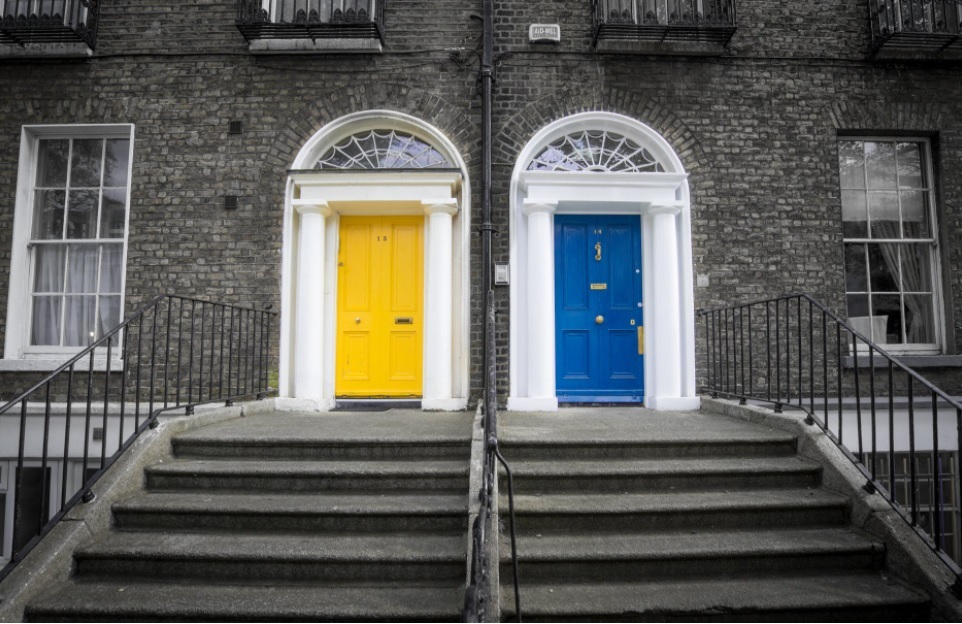You can live next door to someone for decades and never get to know them. Most people’s neighbors seem normal, and they usually are, but how can you be sure about yours? If your neighbors are doing something that rouses suspicion, this can lead you to wonder what they’re up to.
Before you can run a background check on your neighbors, you need to find out their names. This is easier said than done. Today, many people can’t identify their neighbors by name. Checking the White Pages could help. This is a user-friendly and free service that lets you enter someone’s street address and get their name, as long as they’re registered there. This is the fastest way to learn who your neighbors are.
The White Pages can tell you much more than just a name. Moreover, you might find a mobile number or even a criminal record through White Pages or a specialized background check service. Homeowner information is available from local tax assessor sites as well.
Try NextDoor
In many residential areas, neighbors don’t know each other well. This is one reason for NextDoor’s skyrocketing popularity. This application connects neighbors online to exchange recommendations and share news or events, serving as a neighborhood chat board. A lot of people use NextDoor to talk about things such as neighborhood parties, PTA, and trash pickup. In addition, this service can be used by neighbors to warn each other about incidences of vandalism or burglaries. Using NextDoor, you can learn a lot about your neighbors, and the neighbors you may want to look up might already have accounts here.

Notably, using NextDoor, you can access a map showing the other houses in the area. It sources native data, as well as data from Google Maps. This is why when you open the application, you’ll find the image showing your area. You’ll also see a star over your house when you first open the map. The homes on the map will appear as a yellow dot, a green rectangle, or a red dot. The rectangles represent the homes of members who have registered on NextDoor. You might see dots closer to the street or at the center of the property; however, there’s no functional difference between shapes.
As for color coding, green means your neighbors have registered on the app, and yellow means someone has invited them, but they haven’t signed up yet. Finally, red means you’re out of luck – these neighbors haven’t registered yet. If you see a red dot over the house of someone you know, you can always send them an invite to NextDoor.
How does this information help? The neighbors might have registered using their names. Click on their residence. You’ll see a window with a name and address. You also might only see the name of the street, though – that’s the default setting of the site.
Learning About Your Neighbors’ Interests
If your neighbors happen to be involved in politics, you can find more information about them on the Federal Election Commission’s website. A search by name, zip code, city, and state will yield a list of local political contributors. You’ll learn more about the political landscape of your area and which party your neighbors support.
You might learn something interesting on this website, or not. Either way, it’s never a good idea to bring politics up at neighborhood barbecues.







Leave a Reply